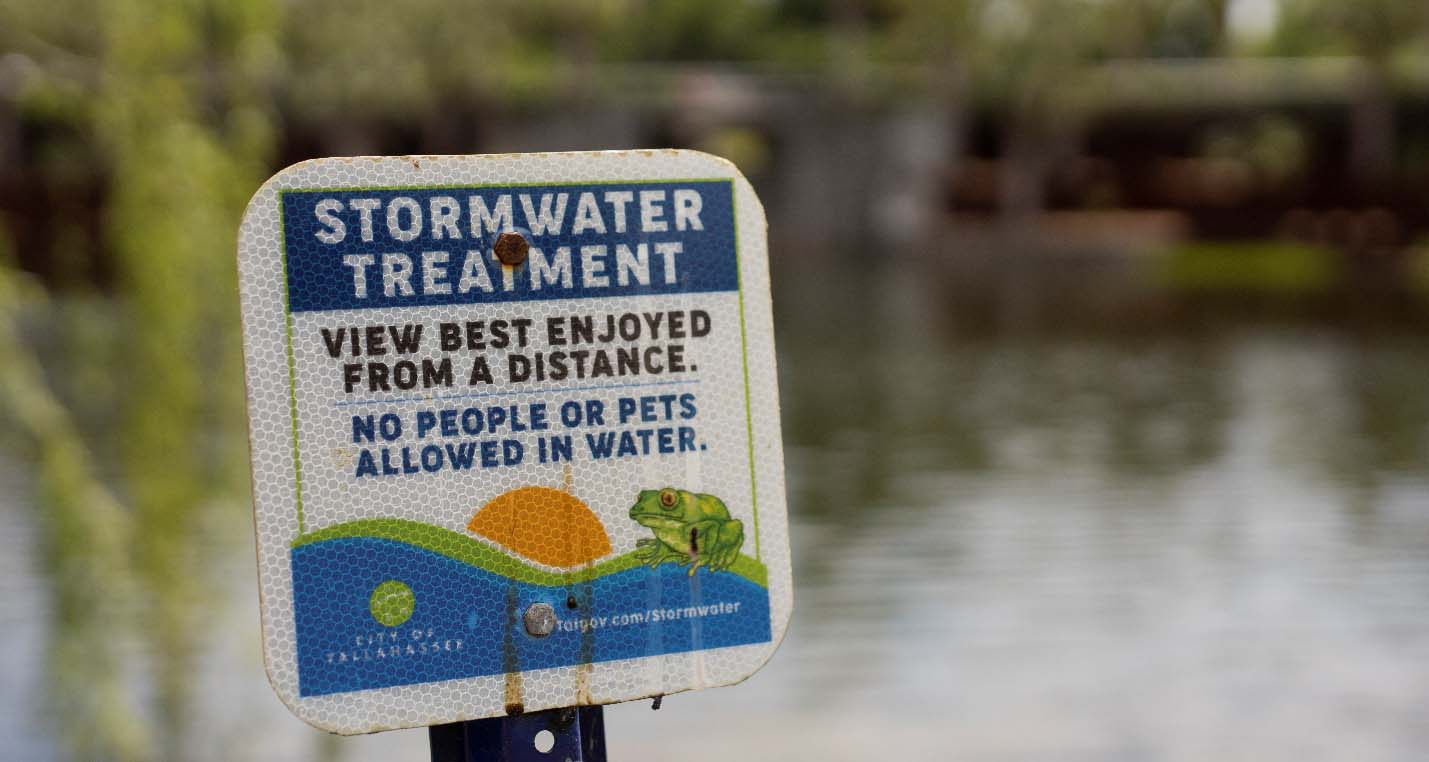Abstract
This publication explains what happens when stormwater runoff enters constructed environments, its impacts on water bodies, and how individuals can take steps to lower their own stormwater runoff footprint. This guide can increase awareness of ways to reduce each person's role in water quality impairment by stormwater pollution. This publication is intended primarily for urban residential readers and does not focus on agricultural runoff.
References
Heil, C. A., and A. Muni-Morgan. 2021. “Florida’s Harmful Algal Bloom (HAB) Problem: Escalating Risks to Human, Environmental and Economic Health with Climate Change.” Frontiers in Ecology and Evolution. 9: 299. https://doi.org/10.3389/fevo.2021.646080
Jani, J., Y-Y. Yang, M. G. Lusk, and G. S. Toor. 2020. “Composition of Nitrogen in Urban Residential Stormwater Runoff: Concentrations, Loads, and Source Characterization of Nitrate and Organic Nitrogen.” PLoS ONE. 15(2): e0229715. https://doi.org/10.1371/journal.pone.0229715
Krimsky, L. S., M. G. Lusk, H. Abeels, and L. Seals. 2021. “Sources and Concentrations of Nutrients in Surface Runoff from Waterfront Homes with Different Landscape Practices.” Science of The Total Environment. 750: 142320. https://doi.org/10.1016/j.scitotenv.2020.142320
Lusk, M. G., and D. Rainey. 2021. “Best Management Practices for Irrigating Lawns and Urban Green Spaces with Reclaimed Water: SL491/SS704, 12/2021.” EDIS 2021. (6). https://doi.org/10.32473/edis-ss704-2021
Lusk, M. G., G. S. Toor, and P. W. Inglett. 2020. “Organic Nitrogen in Residential Stormwater Runoff: Implications for Stormwater Management in Urban Watersheds.” Science of The Total Environment. 707: 135962. https://doi.org/10.1016/j.scitotenv.2019.135962
Toor, G. S., and M. Lusk. 2011. “Reclaimed Water Use in the Landscape: What’s in Reclaimed Water and Where Does It Go?: SL337/SS542, 1/2011.” EDIS 2011. 2(2). https://doi.org/10.32473/edis-ss542-2011
Yang, Y-Y., and M. G. Lusk. 2018. "Nutrients in Urban Stormwater Runoff: Current State of the Science and Potential Mitigation Options." Current Pollution Reports. 4(2): 112-127. https://doi.org/10.1007/s40726-018-0087-7

